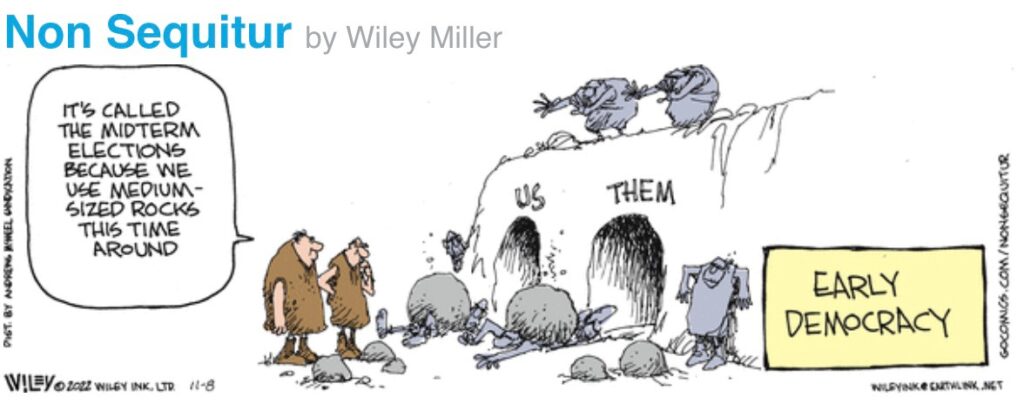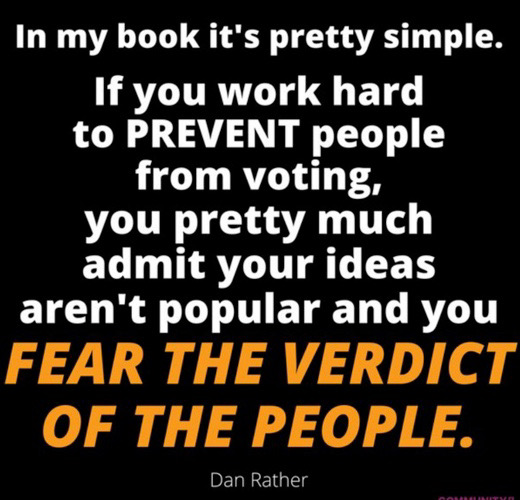
Rank Choice Voting could bring us together by avoiding the extremist candidates.

Let’s first make sure we know these two definitions: plurality vs majority.
If 1,000 votes were cast in the election below:
Albert got 279
Bethany got 302
Christina got 305
Jerko got 114
Christina got the most votes, she got a plurality, but she did not have a majority. The majority of voters wanted someone else. In many elections Christina would be declared the winner.
If 1,000 votes were cast in the election below:
Albert got 511
Bethany got 302
Christina got 106
Jerko got 81
Albert got the plurality and he also got the majority of the votes, meaning that he had at least 501 of the 1,000 votes cast. That’s over 50% of the votes and that is a majority.
In so many elections, politicians spend all their efforts getting their core voters to the polls and to hell with those other people. They do this because with so many elections, especially primaries, the candidate with the most votes wins. It doesn’t matter that the majority of the people voted for someone else.
With Rank Choice Voting (RCV), candidates usually can’t win with just their core voters, they must appeal to the other voters to get a majority of votes. Those negative ads against those others must change, because you want voter to pick them as their second choice. If you just make enemies of all the others you will not get a majority.
With RCV, a candidate must appeal to more voters, because if the majority vote for other candidates, there cannot be a victory. All the scary, hate filled ads would not work. Calling all your opponents liars, cheats and criminals no longer works. You need to be more positive. Explain how you are the best qualified because of good workable policies. You may not be their first choice, but they chose you as their second or third choice.
With RCV, voters decide who is their first choice and if they don’t win, who is their second choice and third and fourth choices. Your vote is never wasted, because your other choices still effect the results. Most elections aren’t about who is the best, but about who is the least bad.
RCV is extremely effective when there are several candidates running to fill two or more positions on a village or school board. Your vote can reduce the chances that your worst ranked will get elected.
RCV elections are decided in rounds looking for the candidate getting the majority of votes.
If a candidate gets a majority on the first round, the election is over.
If there is no majority winner then the candidate with the fewest votes is eliminated and the voters ranking him first on the ballot have their second choice vote count for other candidates.
For the second round, ballots are recounted, if a candidate gets a majority the election is over. If not, the candidate with the least votes is eliminated and his supporters have their second choice vote go to other candidates.
The process continues until the majority of voters select one candidate as the most favored or the least disliked.
RCV tends to eliminate the extremists be they left, right or just plain crazy. America could definitely use fewer crazies and could use more civil politicians working for America and not just their party. By removing the extremists, our legislatures have more people working for the common and get something useful accomplished.
Below is a list of URLs that can better explain the advantages of RANK CHOICE VOTING and provide ballot examples of how it works.
RCV examples of ballots and the counting
Good discussion about RCV effectiveness

